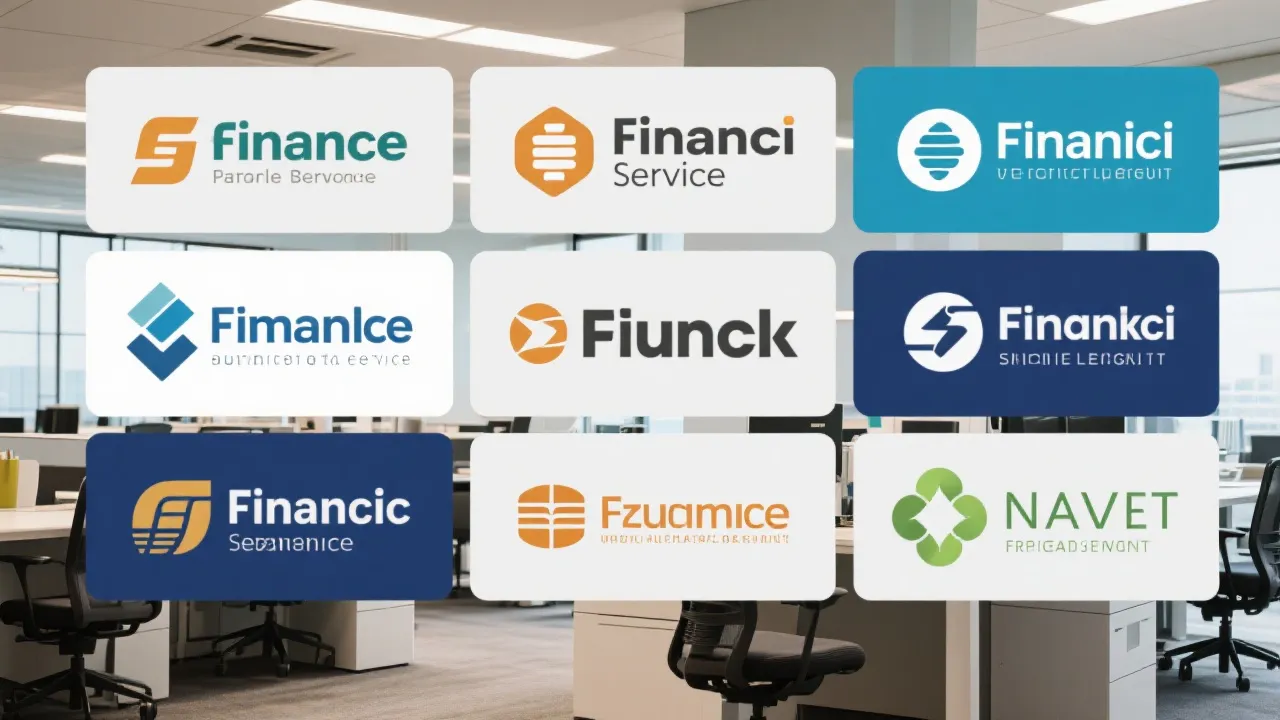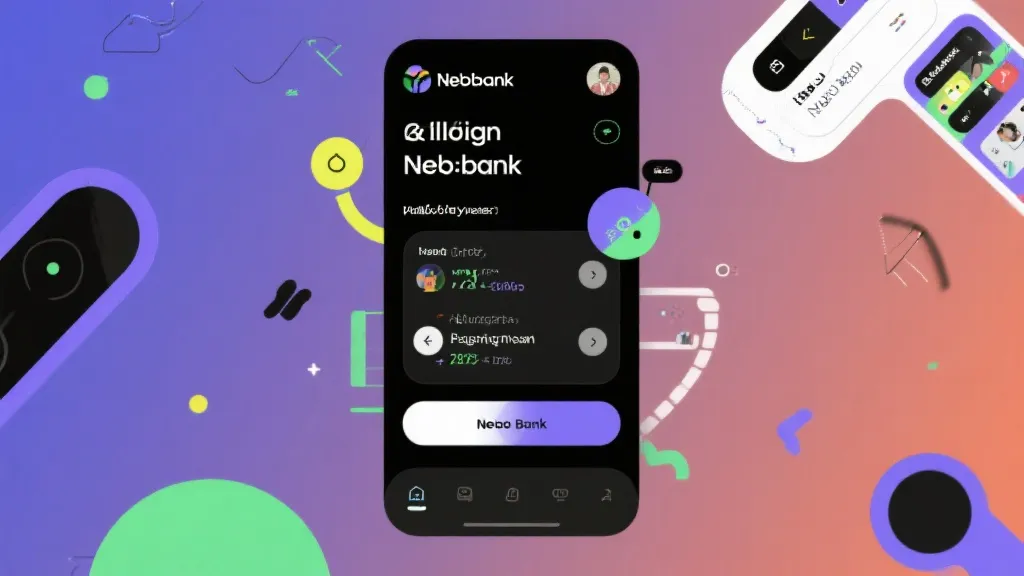Webbank operates in the dynamic financial services industry, where competition is robust and constantly evolving. This analysis explores major Webbank competitors, examining their market strategies, strengths, and areas of differentiation. Understanding these elements provides vital insights into Webbank's positioning and strategic approaches within the market. Financial institutions need to continuously adapt to maintain their competitive edge.

Webbank operates in a competitive and rapidly evolving financial services marketplace. As digital banking continues to gain popularity, Webbank has carved out a niche, yet it faces stiff competition from various other institutions. This article delves into the major competitors of Webbank, providing a thorough analysis of their strategies, strengths, and positioning in the market.
Webbank’s competitors vary from traditional financial institutions to tech-savvy fintech companies. Each has its distinctive approach to attracting and retaining customers, leveraging technology, customer service, and innovative financial products. The competitive landscape is characterized by a diverse range of institutions that cater to different segments of the market, and understanding their strategies can provide insights into how Webbank can navigate its own growth.
Large, well-established banks such as JPMorgan Chase and Bank of America represent substantial competition. Despite their size, these banks are integrating digital solutions to make banking more accessible and user-friendly. Their extensive branch networks and broad range of financial products appeal to different customer segments. Additionally, their longstanding reputation for trust and reliability makes them formidable competitors. For instance, JPMorgan Chase has invested heavily in digital banking initiatives, offering features like mobile deposit and digital wallets that enhance customer convenience.
Moreover, traditional banks often benefit from substantial resources, allowing them to invest in advanced security measures to protect customer data. They also have deep pockets to allocate towards marketing campaigns, ensuring they maintain brand visibility in a crowded marketplace. This combination of trust, convenience, and extensive product offerings makes traditional banks a formidable challenge for newer entrants like Webbank.
Platforms such as LendingClub and Prosper have redefined borrowing experiences with their streamlined online systems for connecting borrowers and lenders. These platforms offer competitive interest rates and quick approval times, which appeal to customers seeking alternatives to traditional lending methods. P2P lending takes advantage of technological platforms to lower the cost of borrowing, making it possible for individuals to receive funding at rates lower than those typically offered by traditional banks.
This model has attracted a demographic that values speed and accessibility, particularly millennials and Gen Z consumers who may not have established credit histories. In comparison to the sometimes lengthy loan approval processes of traditional banks, these platforms provide a seamless experience that resonates well with tech-savvy users. As such, P2P lending platforms represent another significant threat to Webbank by capturing segments that previously relied on conventional banking options.
Companies like Chime and SoFi are capturing the younger, tech-savvy market with innovative financial solutions ranging from mobile banking to investment services. Their platforms utilize AI and machine learning to offer personalized financial advice, thus challenging traditional banking models. Fintech startups focus on improving user experience with features like no-fee banks, automatic savings, and instant access to funds, making banking simpler and more cost-effective for users.
Chime, for example, has gained significant traction among users looking for fee-free banking, a significant departure from traditional banking models where various fees can add up. By focusing on customer experience and modern UX/UI design, fintech companies are redefining banking paradigms and increasing competition for traditional services, including those offered by Webbank. These startups not only attract customers with lower fees but also create ecosystems that promote greater financial literacy and empowerment among younger users.
| Competitor | Strength | Unique Offering |
|---|---|---|
| JPMorgan Chase | Established reputation, broad range of services | Comprehensive digital banking solutions |
| LendingClub | Low interest rates, peer-to-peer model | Quick approval times |
| Chime | Mobile-first approach | No-fee banking |
| SoFi | Comprehensive personal finance solutions | All-in-one financial services |
| Prosper | Low borrower fees, strong community element | Personalized loan options |
| Credit Karma | Free credit scores, personalized recommendations | Ad-free experience aimed at financial empowerment |
Several key trends are shaping the financial services landscape, affecting Webbank and its competitors. Understanding these trends is crucial for both strategic planning and operational execution.
Webbank must employ a robust strategic approach to differentiate itself in this crowded marketplace. Focusing on specific niches through tailored financial products is vital for capturing segments often overlooked by larger competitors. For instance, Webbank could consider partnering with fintech companies to develop innovative products that cater to demographic shifts or emerging financial needs.
Moreover, leveraging technology to improve customer experience should be a central tenet of Webbank’s strategy. This can include investing in user-friendly apps, implementing AI-driven customer support, and utilizing data analytics to understand customer behavior and needs better. A granular approach to market segmentation, understanding user preferences, and offering personalized financial solutions can significantly bolster Webbank’s positioning against traditional and fintech competitors.
A critical area where Webbank can excel is in customer service and relationship management. In the digital age, customers increasingly expect fast and efficient service across multiple channels. Building a strong customer service framework that emphasizes responsiveness, accessibility, and personalized service can foster trust and loyalty among clients.
Utilizing CRM (Customer Relationship Management) tools to track user interaction and preferences helps in crafting tailored communications and product offerings that can resonate with customers on a deeper level. Additionally, creating educational content related to personal finance can position Webbank as a trusted advisor rather than just a provider of financial products, thereby enhancing customer engagement and retention.
While Webbank has numerous opportunities to thrive in this industry, it also faces significant challenges that it must address proactively. Cybersecurity threats are particularly concerning in a landscape where financial data is a prime target for fraudulent activities. The financial sector has witnessed a surge in cyberattacks, and as a digital-first institution, Webbank must prioritize security measures, including robust encryption, two-factor authentication, and continuous monitoring of suspicious activities to safeguard customer information.
Furthermore, rapidly changing consumer expectations drive the need for institutions to innovate continually. Today's consumers are more informed and demanding than ever, seeking not just value but also an emotional connection with their financial service providers. Keeping abreast of evolving preferences through market research, product feedback, and direct customer engagement will be crucial for Webbank to remain competitive.
In addition to consumer dynamics, the increased regulatory scrutiny placed on financial institutions also poses challenges. Compliance with regulations can require substantial resources and operational adjustments, so Webbank must ensure it remains agile to adapt to new laws and guidelines as they arise. Understanding compliance requirements is not just about adhering to the law; it’s part of building trust and credibility with customers.
What is Webbank's primary strategic focus? Webbank focuses on niche markets, leveraging partnerships with fintech companies to offer bespoke financial solutions that cater to specific customer needs. By pinpointing unaddressed segments and tailoring products accordingly, Webbank aims to create value where larger institutions may overlook opportunities.
How does Webbank differentiate itself from its peers? Webbank distinguishes itself by offering tailored financial products and establishing strategic partnerships with tech firms to enhance service delivery. This is complemented by a commitment to exceptional customer service and robust digital solutions designed to meet the needs of the modern consumer.
What challenges do Webbank and its competitors face? The primary challenges include cybersecurity threats, rapidly changing consumer expectations, increased regulatory demands, and the need for continuous adaptation to technology-driven changes in the industry landscape. Countering these challenges requires a proactive approach and a comprehensive strategy that prioritizes innovation and security.
By thoroughly analyzing the competitive landscape, Webbank and similar institutions can better position themselves to thrive in a highly dynamic market. The future of financial services will demand continuous adaptation and innovation, ensuring responsiveness to emerging consumer preferences and technological advancements. Additionally, building partnerships, investing in technology, and fostering a customer-centric culture will be pivotal for sustained growth in this competitive field.
The financial services landscape is poised for further transformation in the coming years as technology continues to reshape consumer expectations and operational frameworks. Institutions must remain agile, rethinking traditional models of banking and financial services. For example, the emergence of decentralized finance (DeFi) presents not only challenges but opportunities for Webbank to explore innovative solutions that could enhance its offerings.
Webbank's journey forward may also involve critical partnerships with technology providers, allowing them to harness advanced tools and streamline operations effectively. Automation in underwriting processes, AI in customer support, and predictive analytics in risk assessment are just a few areas where technology integration can create a competitive edge.
In conclusion, Webbank's ability to navigate its competitive landscape while remaining attuned to the evolving needs of its customers will be paramount for its success. The convergence of fintech capabilities with traditional banking principles may lead to a new hybrid model of financial services that emphasizes convenience, transparency, and personalization. By focusing on distinguishing features, maintaining compliance, investing in technology, and enhancing customer interactions, Webbank can establish itself as a leading player in the modern financial sector.
Understanding Sme Neobank Impact

Exploring Webbank and Its Competitors

Discover Westminster Plaza Orlando

Discover Heartis Eagle Mountain Elegance

Westminster Plaza Orlando: A Comprehensive Guide

Transforming Banking with Sme Neobank

Discovering Westminster Plaza Orlando

Discovering Westminster Plaza Orlando

Life Insurance for Seniors: Maximizing Coverage and Benefits
